Now that building science and energy efficiency play central roles in home building, bringing in fresh air where and when you want it is essential. This is more complicated than it looks—even for something that seems as simple as selecting a bath fan.
Referred to as “local ventilation” by ASHRAE 62.2—the ventilation standard that applies to low-rise residential buildings of three stories or less—an exhaust fan must be installed near the common sources of moisture and pollutants in a kitchen or bath. It must be 50 CFM or more if operated intermittently or 20 CFM if continuously operated.
According to the Home Ventilating Institute (HVI), a small bath measuring up to 100 square feet should have an exhaust fan that provides 1 CFM per square foot, but things get more complicated with a larger room.
Integrity is an Energy Star-rated fan line with a DC brushless motor that is engineered to run continuously for a minimum of 70,000 hours, the company says. Offered in 70 and 80 CFM, the fans come with LED lights or a Bluetooth speaker.
“The real issue starts with the space,” says Richard Zimmerman, a LEED provider in Phoenix. “Some baths have a tub, full shower, steam, whirlpool, etc. If you have a lot of moisture in a space, you’ll have a lot of moisture to remove.”
Say you have a bathroom that measures 20 by 12 feet. It has a tub (without jets), a shower enclosure, and an enclosed toilet. Each fixture requires 50 CFM, HVI says, making the total 150 CFM. HVI says contractors have two options for venting such a large bath: Install one 150-CFM fan or install a 50-CFM fan over the tub, 50-CFM in the shower, and another 50-CFM fan in the water closet.
But green building advocates say local ventilation is not the most effective way to remove air from the bathroom, mainly because you have no control over where the make-up air is coming from. An energy recovery or heat recovery ventilator that conditions incoming make-up air is a better option than a singlesource fan, building scientists say, but it’s also pretty expensive.
Offering Cyclonic Technology, the Extractor is an energy-efficient unit that is designed to reduce humidity, moisture, odors, allergens, and dust particles, the company says. It weighs 5 pounds, uses 3- or 4-inch ductwork, and operates at 1.9 sones.
“Here is my take on exhaust-only ventilation,” building scientist Joseph Lstiburek wrote on the Building Science Corp. website in 2013. “Extracting air out of one location with an exhaust fan does not help other rooms and does not address the quality or location of the air being drawn into the building.“
Complicating matters even more for trade pros is the continuously operated bath fan option. Ted Johnson, North American managing director for Aero Pure Fans, says the requirement seems counterproductive. “The industry as a whole has worked hard to lower energy consumption,” he says. “However, when you require someone to run a fan continuously 24/7 and all of the air conditioned or heated air is being removed from the house, how is this energy efficient?”
Ultra Green is a motion-sensing 80-CFM fan with a multi-speed motor and two compact fluorescent lights. Operating at 0.3 sone, it also features UltraQuick technology that makes installation easy.
All of these issues are keeping fan makers up at night.
“The increasing stringency and widespread adoption of green building codes and standards like ASHRAE 62.2 are requiring ventilation fan manufacturers to improve the quality and performance of their bath fans,” says Patricia Monks, product manager of Panasonic Eco Solutions North America. “Increased flow rate testing by HERS raters proves that low-performing fans that can’t meet the base requirement of > 50 CFM for spot ventilation will no longer be accepted. There is too much at stake.”
Designed for retrofit and remodeling situations, the WhisperFit EZ fan offers the Pick-A-Flow speed selector, which allows users to select required airfl ow (80 or 110 CFM). Installation is easy with the Flex-Z Fast installation bracket and detachable installation adapter. It has a 55⁄8-inch housing depth that fits 2x6 construction.
Making matters worse, manufacturers say trade professionals use specification and installation practices that limit the effectiveness of their fans.
“They put too many hard curves in the ductwork, and this causes the fan to not operate properly,” Johnson says. “They also like to use 3-inch ducts, and again this does not allow the fan to operate properly.” Moreover, he adds, contractors “undersize the fan for the room and end up with something that does nothing except meet the requirement for having a fan in the room.”
Instead of 3-inch ducts, builders should be using 4-inch pipe, manufacturers say, and should closely review specifications when comparing products. “Most ventilation fan performance is based on testing at .01-inch water gauge static pressure, which is an ideal, straight-duct run in a lab,” Monks says. “This does not reflect real-world installation, so a builder should be looking at the specs at 0.25-inch w.g. sp, which is considered installed performance, based on real-world installations with longer duct runs and elbows.”
The DL4G Series motion-sensing Energy Star-rated fan features an energy-efficient DC motor that maintains CFM ratings across multiple static pressures and is suitable for continuous operation. A sensor detects when the room is occupied and turns the fan on. It uses an 8-watt LED lamp.
Finally, some manufacturers say trade pros should start considering fans with DC motors.
“Brushless DC motors are a more efficient way to move air and last two-and-half times longer than typical fans with AC motors,” says Rita Carbone-Lawson, national sales manager for Delta Products Corp. “[DC] fans use up to 85 percent less energy than typical fans with AC motors to reduce energy consumption and save on utility bills.” Moreover, Carbone- Lawson continues, DC-motor fans are extremely quiet and offer other benefits.
Monks agrees, saying DC motors offer superior performance and energy efficiency versus AC motors. Panasonic says that its DC motors incorporate SmartFlow technology, which ensures homeowners are achieving the rated airflow, regardless of a complicated duct run. “When the fan senses static pressure, its speed is automatically increased to ensure that the desired CFM is not compromised, allowing the fan to perform as promised,” Monks says.
But Johnson is not convinced. “My question is does the DC motor improve the particulate collection area for removing the gas, moisture, and allergens? Answer: no,” he says. “The energy savings between an energy-effi cient AC motor fan and a DC motor fan is miniscule as to the overall cost of the fan.”
This story was originally published in the Jan/Feb issue of PRODUCTS magazine. See the print version here.

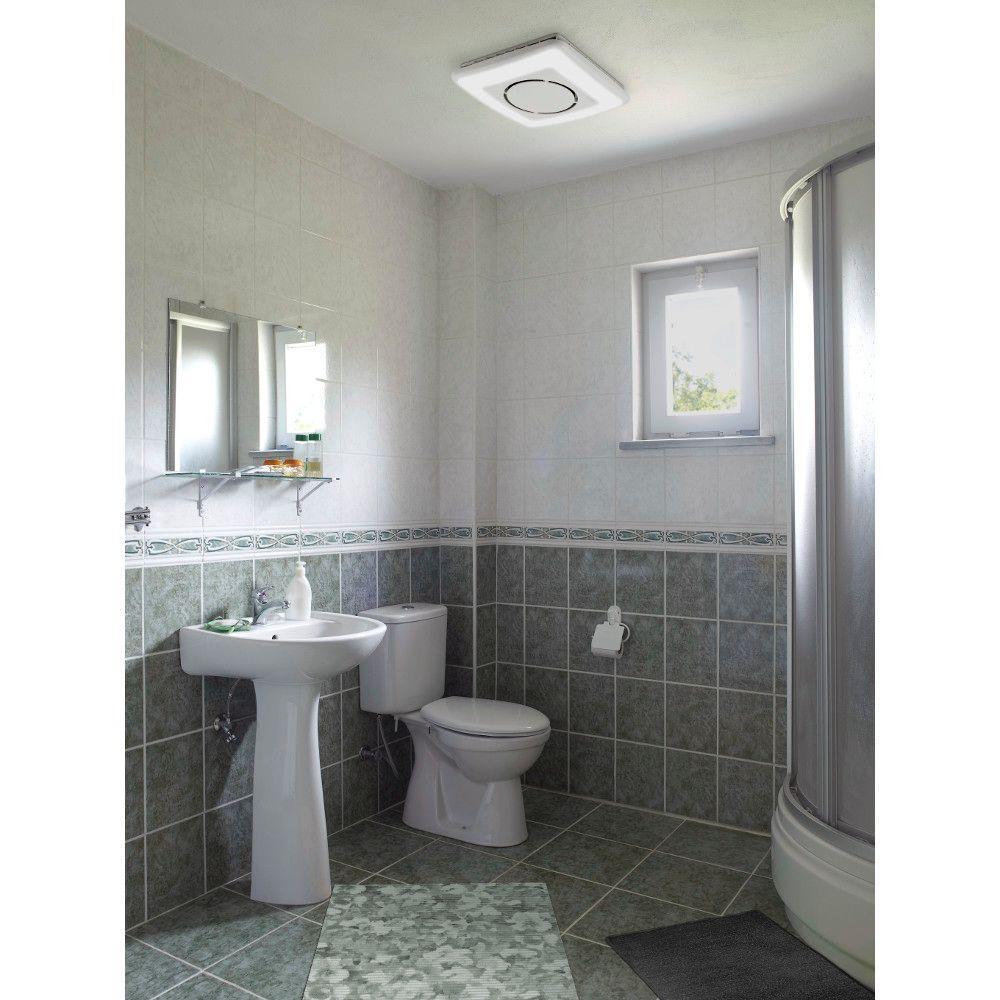
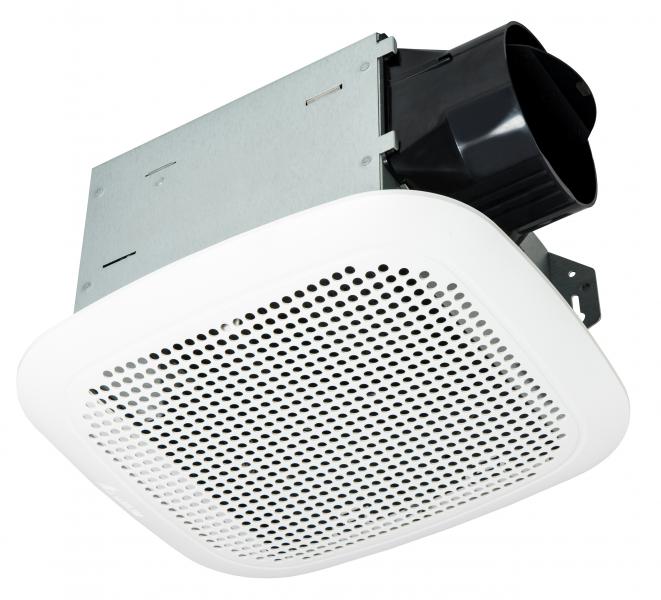
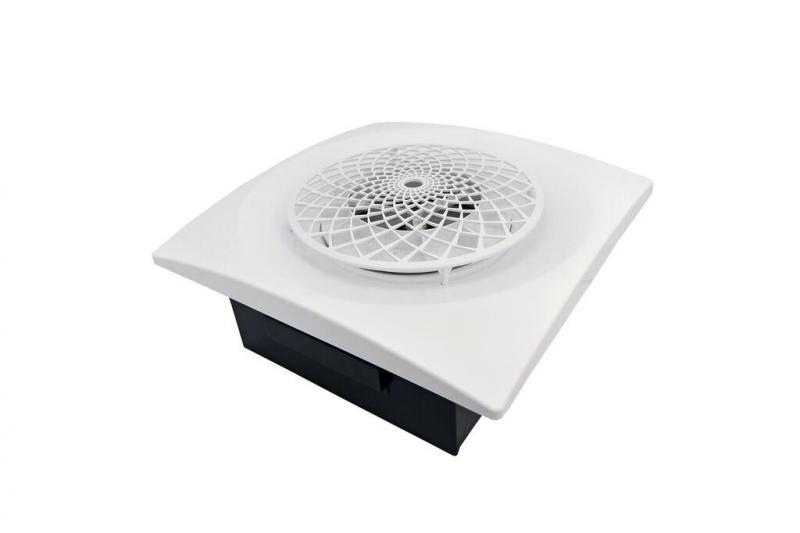
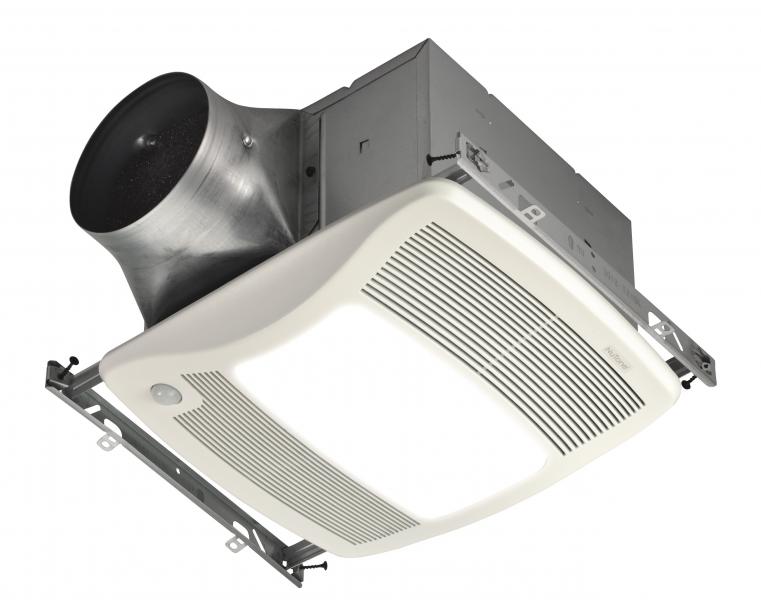
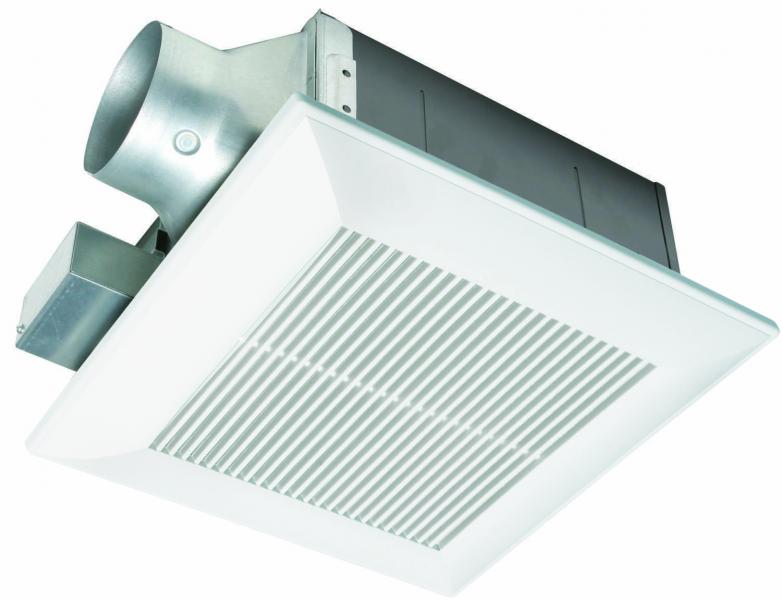
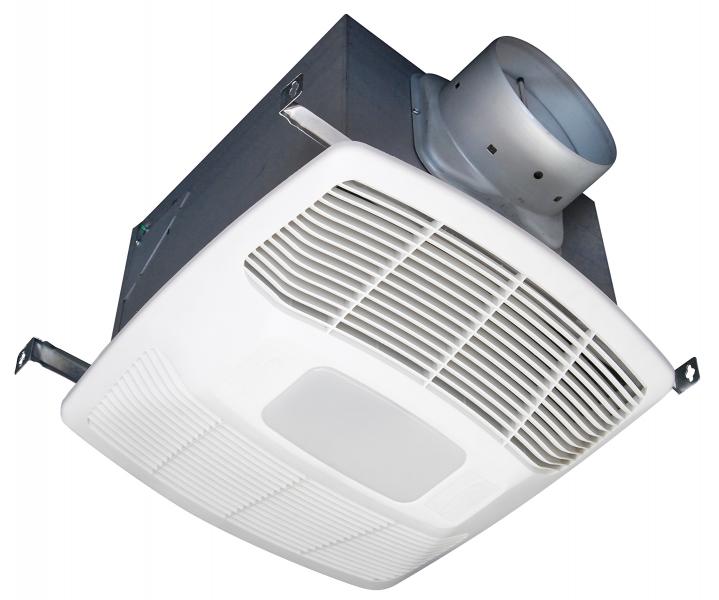
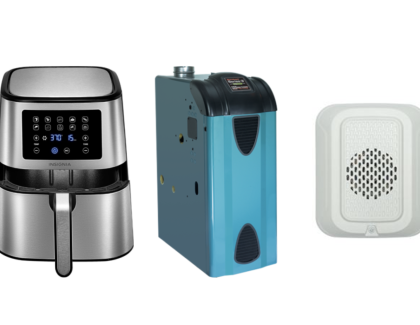



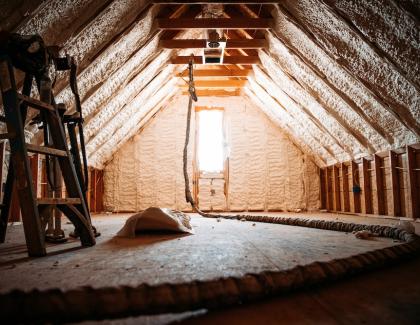
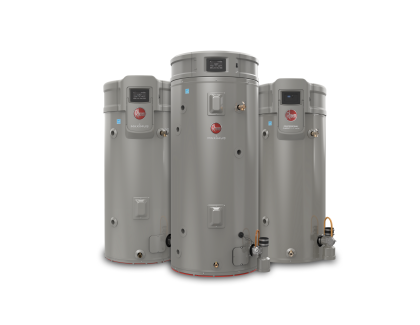
Comments
I cannot get the link to open
I cannot get the link to open the story, but I'm sure that it's a really good story!
Add new comment